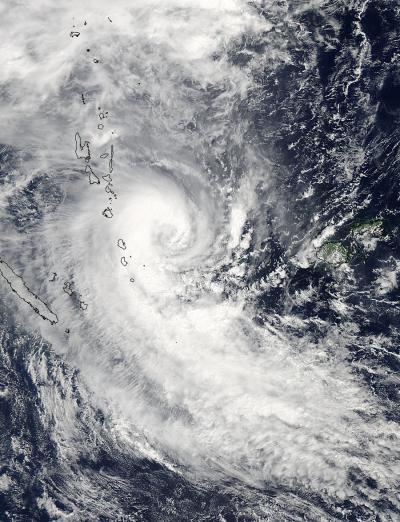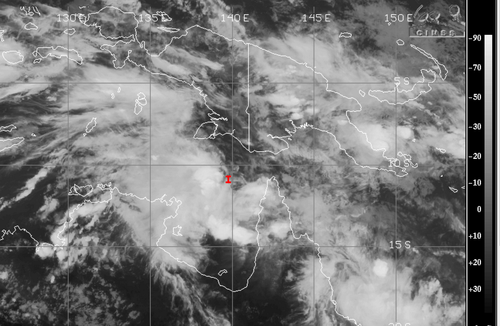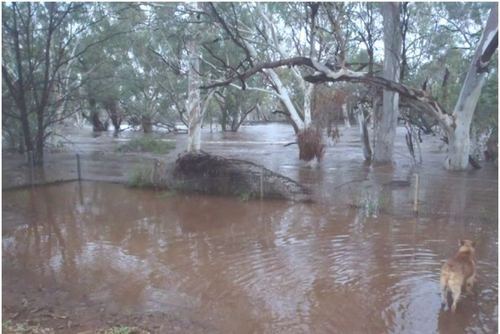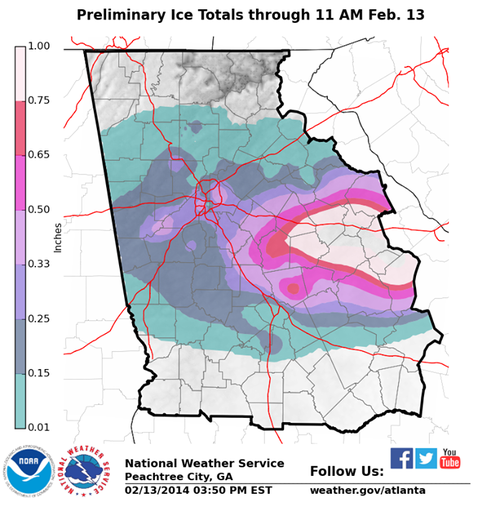Cyclone Lusi Heads towards New Zealand; Otherwise a Calm Week
The weather this week has been fairly uneventful but the most significant event has been the three tropical storms that churned simultaneously off Australia’s north and east coast earlier this week. The strongest of the three storms, Cyclone Lusi, was of category three at its strongest point when it moved over the Island of Vanuatu. Vanuatu is an Island on the eastern side of the Coral Sea, near New Caledonia. Flooding was the biggest of the resident’s worries as the cyclone was fairly slow moving; affecting the island from Monday through Wednesday. Of course, strong winds were also problematic as many houses on the island are not built to withstand category three cyclone winds (120km/h). Long-term damage could also be concerning – crops destroyed and freshwater contaminated by flooding waters. Nearly 40,000 people living on the island were affected and about 100 people were evacuated from low-lying areas. Unfortunately, six people perished from trees falling on houses and fast currents associated with the floodwaters.

The cyclone continued its trek southwards towards New Zealand where it is expected to make landfall this morning. As it moved south the cyclone encountered colder waters causing it to weaken significantly and start its transition to an extra-tropical storm. On Friday evening the cyclone still packed somewhat of a punch as it affected the northern island of New Zealand; about 7,200 people were reported to not have power and residents were urged to stay inside. New Zealand averages about one tropical storm per year.
Elsewhere in weather news, weather has remained relatively quiet across the globe, apart for severe thunderstorms affecting Argentina and Australia.




